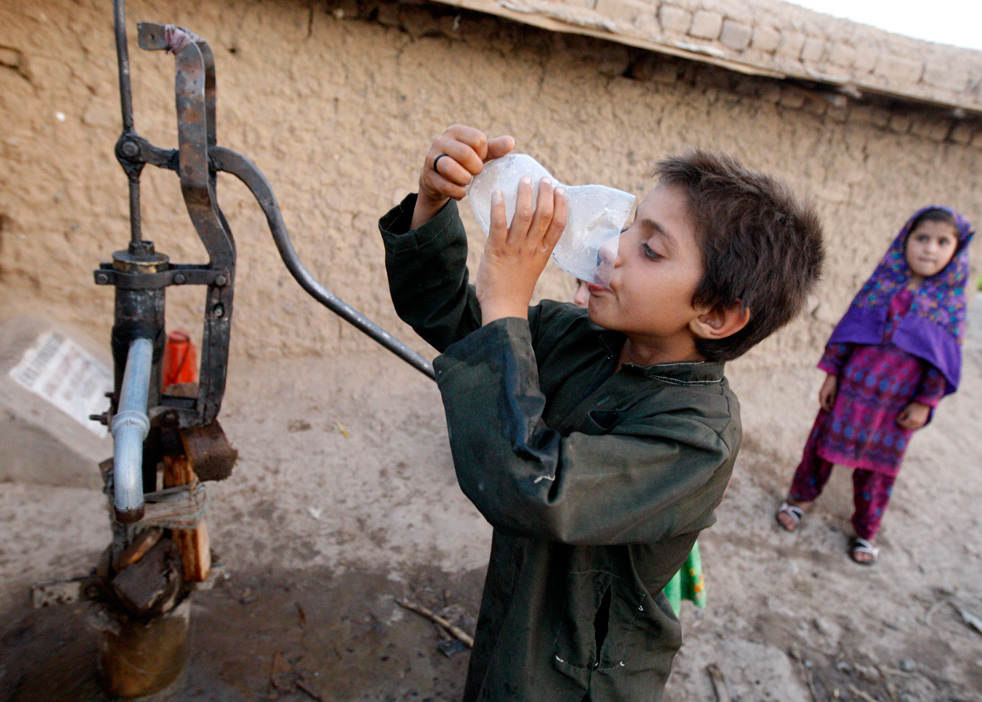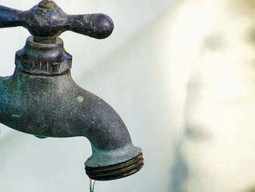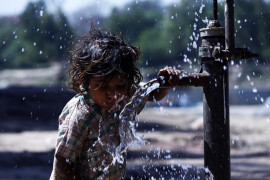
LAHORE: Groundwater is well on its way to becoming a scarce commodity in Lahore due to unsustainable and rapid urbanisation. The provincial capital is facing the threat of a receding table of groundwater, which supplies usable H2O to a population of 10 million people.
With the current water table drop rate estimated at four to five feet per year, according to experts, groundwater depletion is expected to intensify in the coming years, primarily due to the increase in demand and lack of conservation mechanisms.
According to a faculty member of the Department of Economics at LUMS, Dr Syed Muhammad Hasan, the Ravi River, which still contributes about 82% of the main recharge to Lahore aquifer, is being dumped with effluents from 1,400 industrial units. He claims the surface water is totally unfit for human consumption. The professor adds the city centre faces the highest annual depletion.
Hasan is currently working in collaboration with the Water and Sanitation Authority as well as the Punjab Economic Research Institute to come up with sustainable interventions to incentivise the conservation of water.
PSQCA seals three bottled water plants over quality issues
Sharing data from the a recently published report by World Wildlife Fund, Hasan says that water table depth in the central part of the city has fallen below 40 meters and it is projected that it will drop below 70 meters in most areas by 2025. According to Hasan, if the present trend continues, the situation will become even worse by 2040.
“When the table depth in a significant part of the city drops below 100 metres or more, extraction from these depths will not be technically or financially feasible,” Hasan points out. He says the acute scarcity of water, resulting in increasingly expensive extraction, will cause a 25% decline in agricultural production. He adds this will not only directly result in poverty, but increase hunger among financially-disadvantaged people.
He says that the current path of urban development may be able to boast a modernistic approach, but it is sadly devoid of sustainability concerns. “It can, therefore, lead us to a crisis that neither the founders nor the developers of this city could have predicted.”
According WWF Project Officer Sohaib Anwar, the government's several planning and development departments lack a mechanism through which they can work as a single unit.
Anwar suggests there should be a master plan for Lahore with respect to surface water, groundwater, while National Vision 2025 should be linked with local development projects. He continues that environmental units operational in the government are not strong enough to advise on environmentally-friendly or sustainable projects, while authorities are firmly focused in civil work initiatives.
Water security: LUMS, WWF-P sign agreement
According to data provided by WWF, there are more than 1,000 tube wells in Lahore of which about 600 are in the WASA jurisdiction and remaining lie with cantonment board, railways and private housing schemes. Dr Hasan, meanwhile, says the measures used to curb water wastage by WASA are negligible. His research over the matter recognises that with only 7% of the connections being metered, the public water agency is bound to charge a flat rate system to the remaining 93% of its consumer base.
“This method, coupled with tariffs, was last revised in 2004 and leads to huge welfare loss as consumption is far from a socially optimal level”, he stresses. “WASA, by charging a per cubic meter cost, which is half of its production cost, is not only providing an incentive to waste water, but costing a colossal sum Rs8 billion to the exchequer through subsidies to cover systemic inefficiencies,” he added.
According to Hasan, water, being a natural resource, suffers from the “tragedy of commons” and its management may entail coercive mechanisms. The professor suggests a combination of measures such as alternate sources of supply, demand management through market-based prices and appropriately designed non-price conservation programmes to help avert the approaching crisis.
Officials from WASA were not available to comment on the matter.
Published in The Express Tribune, May 16th, 2017.










































COMMENTS
Comments are moderated and generally will be posted if they are on-topic and not abusive.
For more information, please see our Comments FAQ